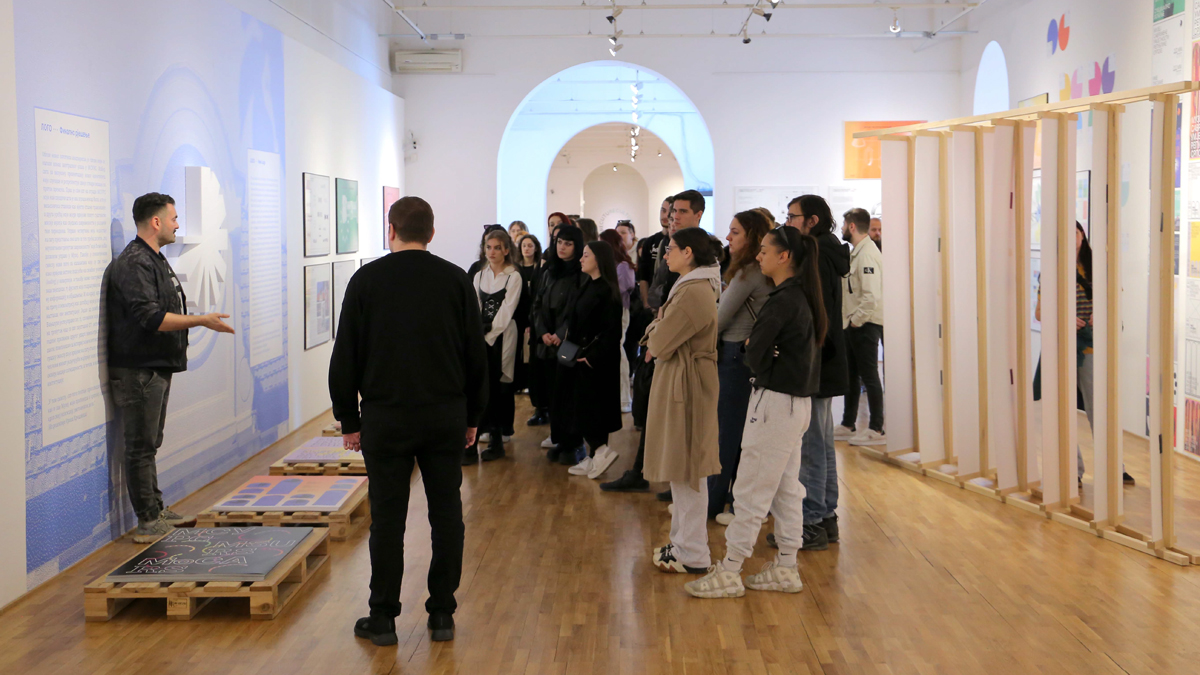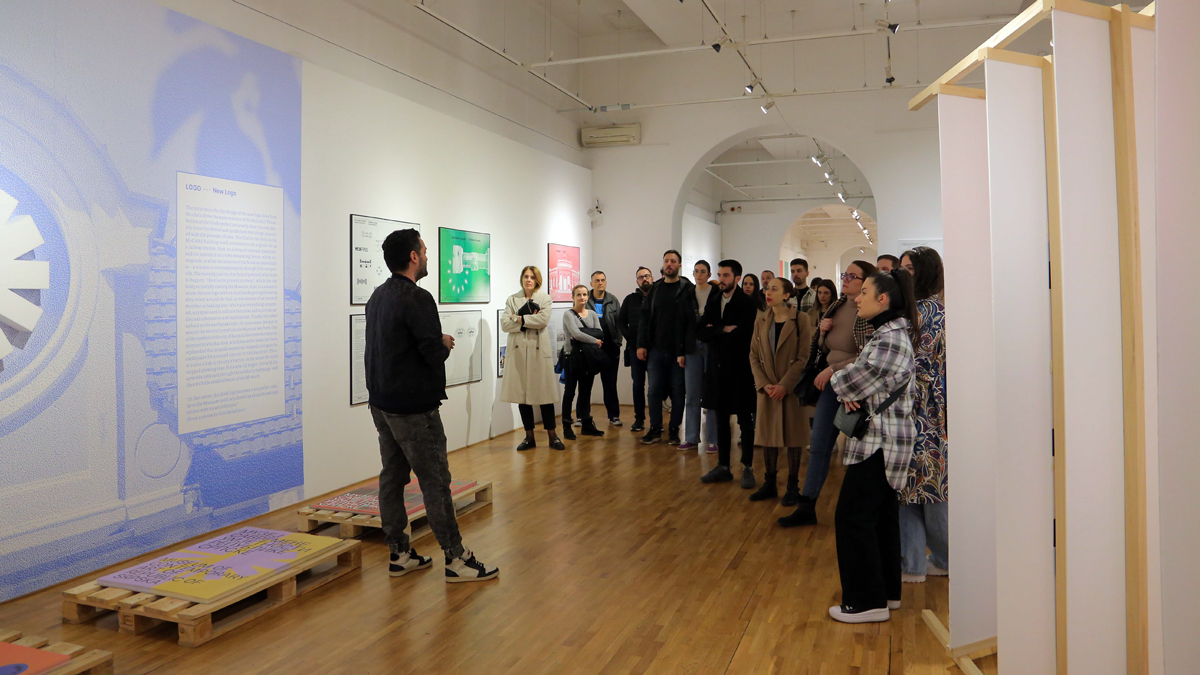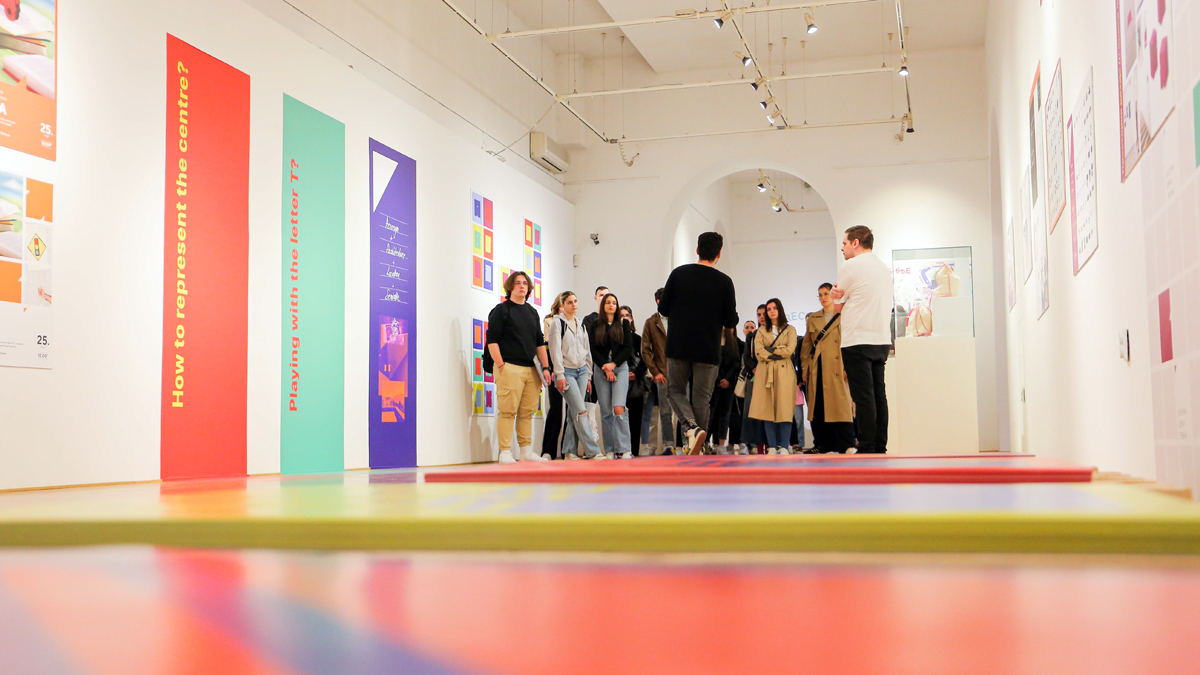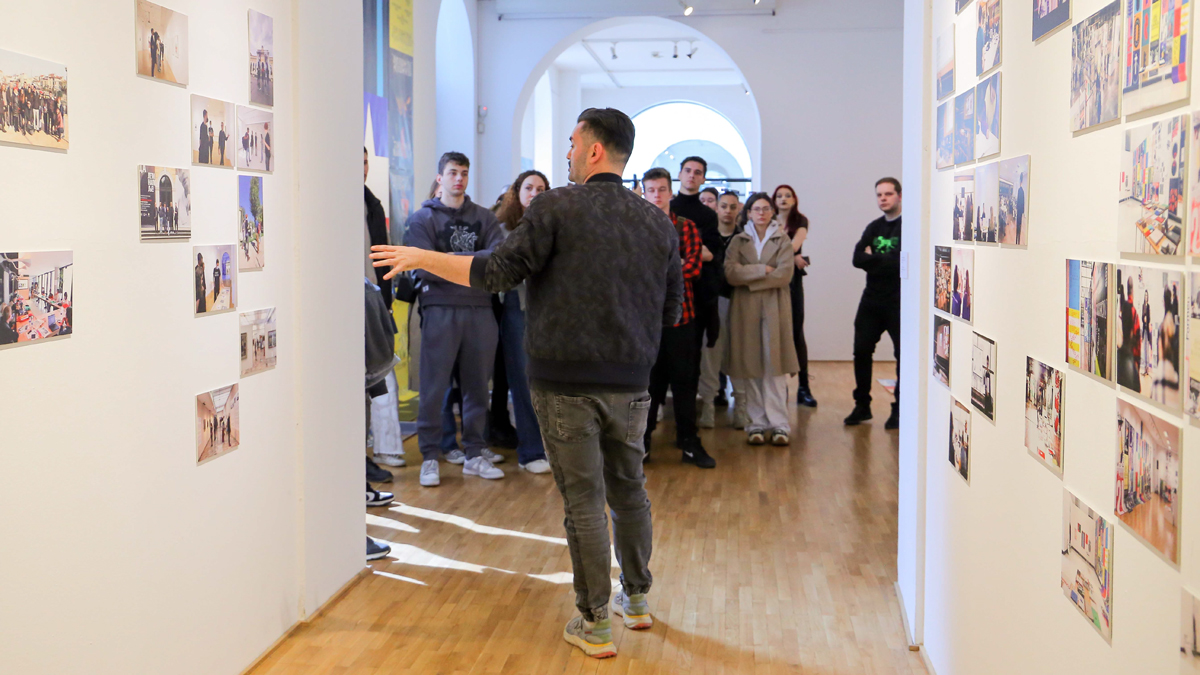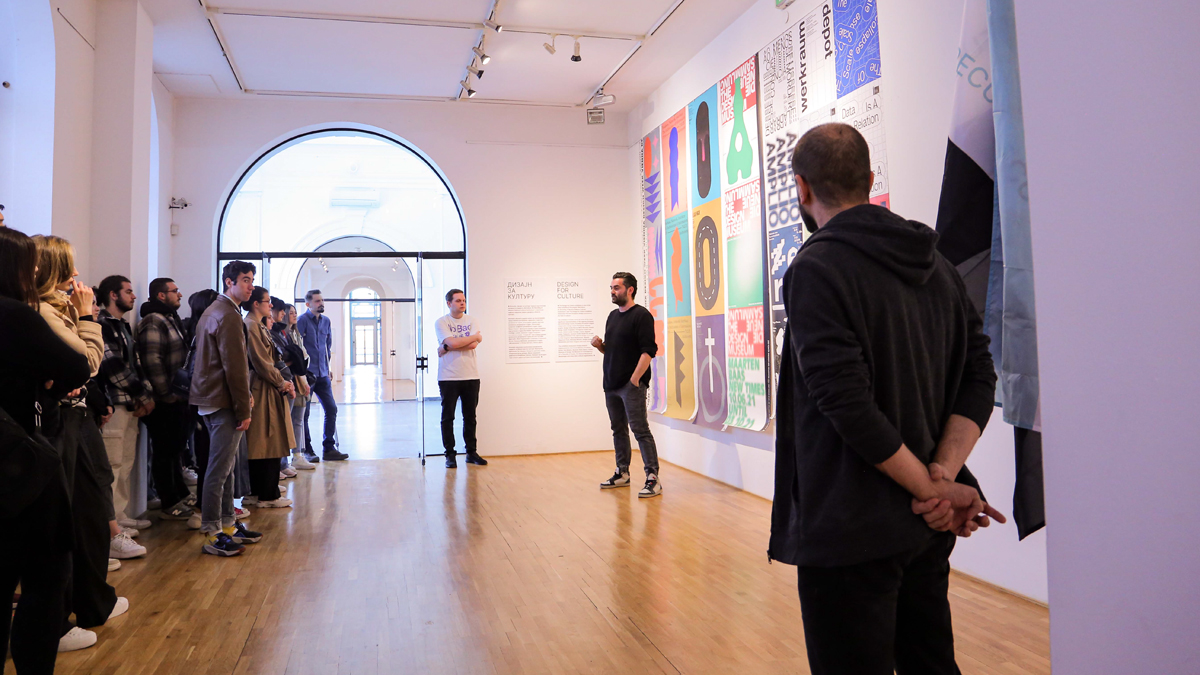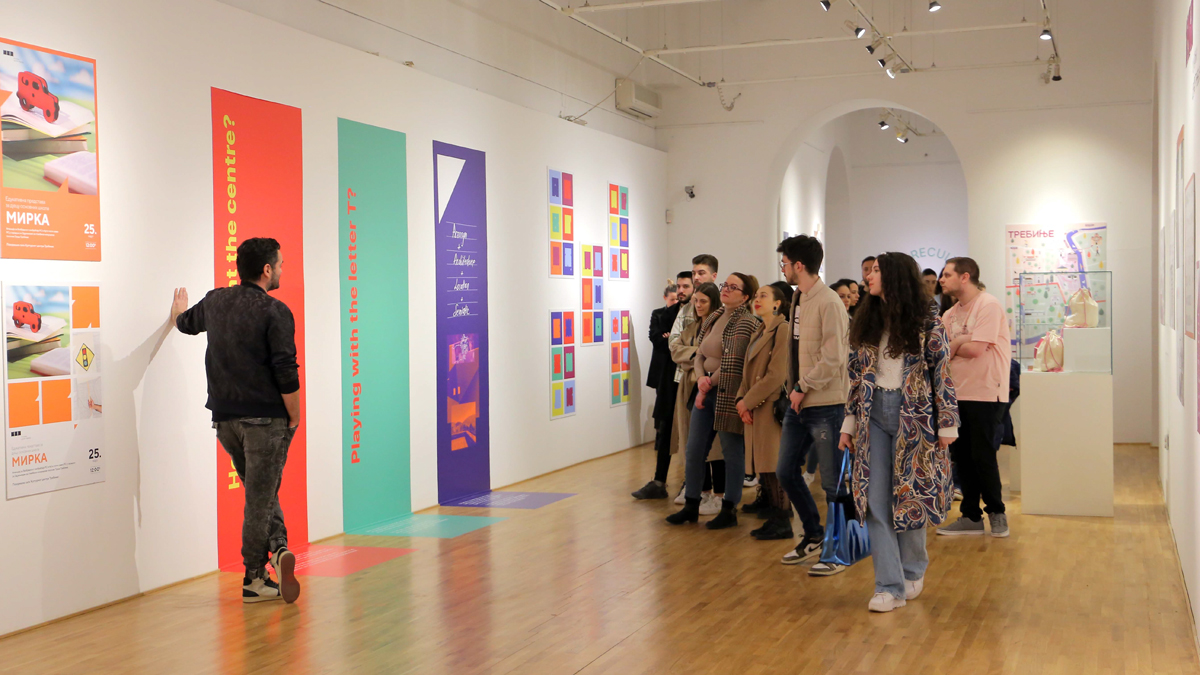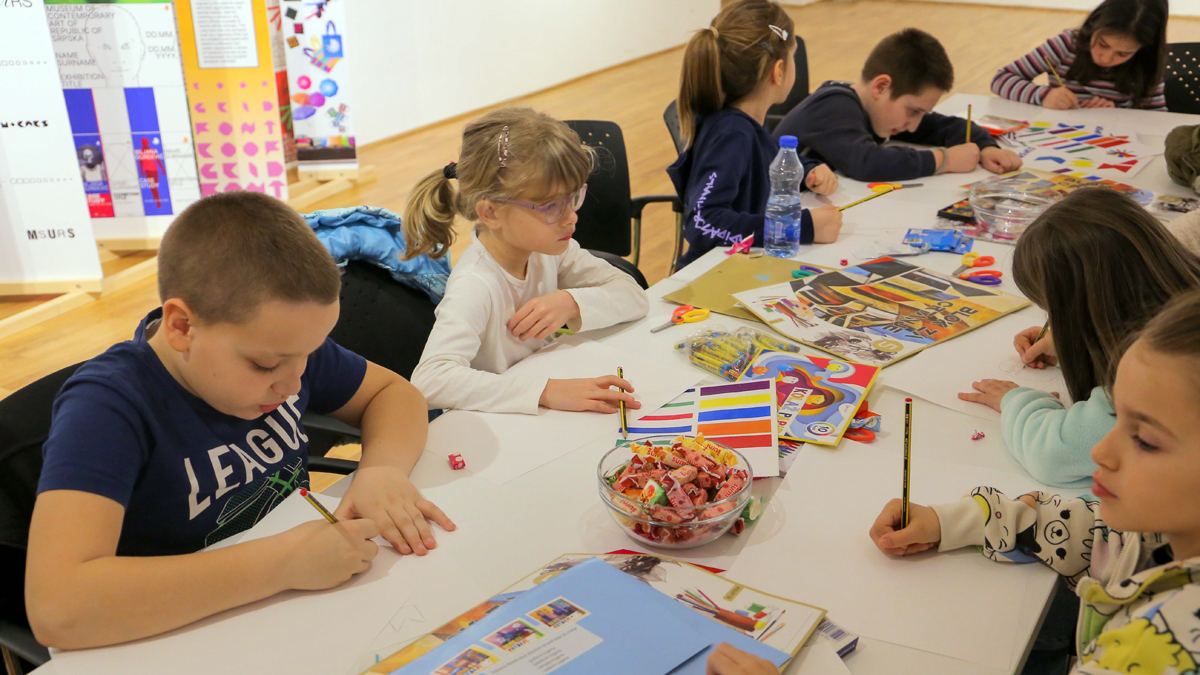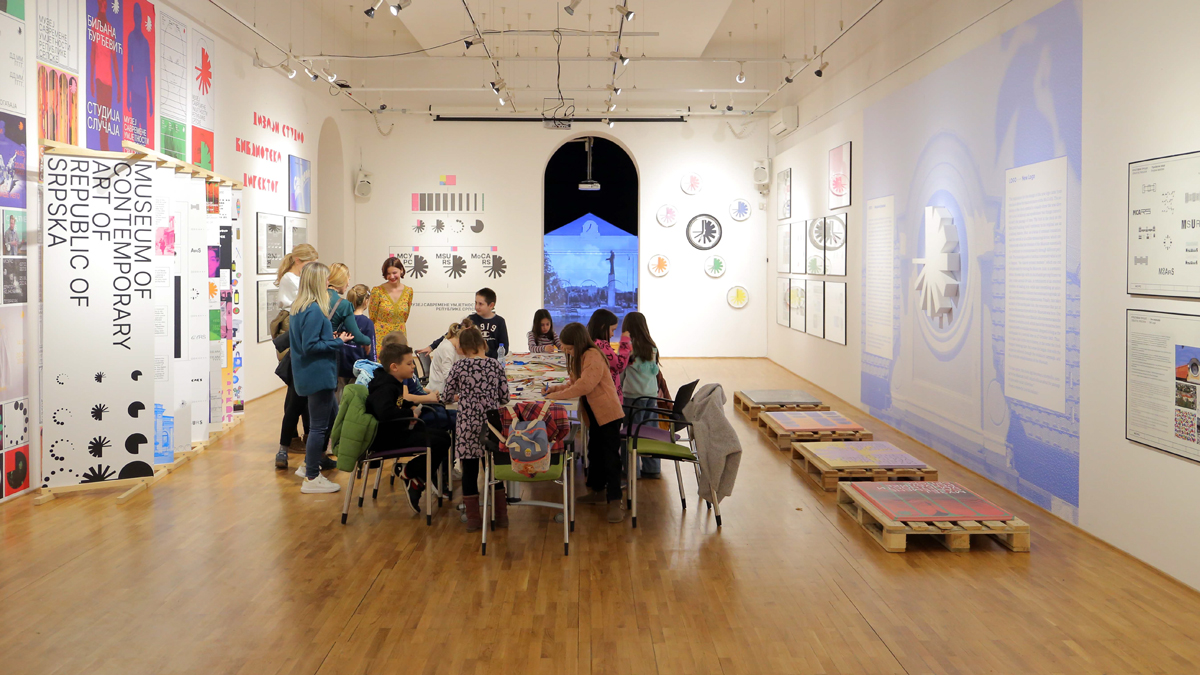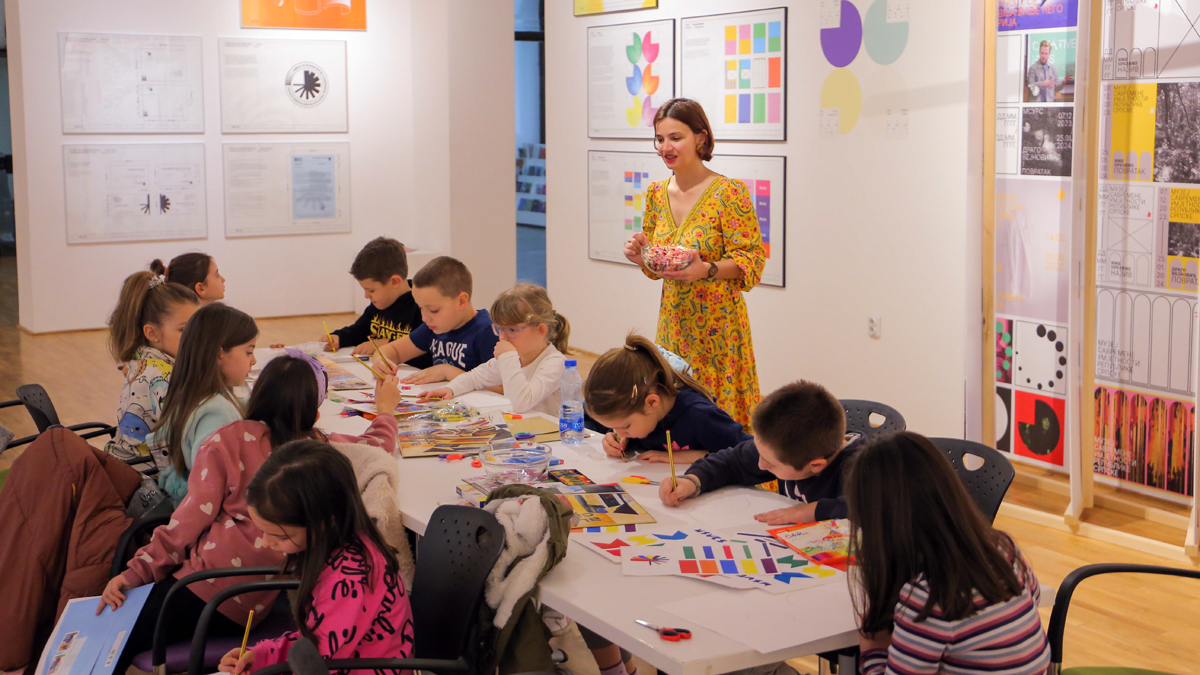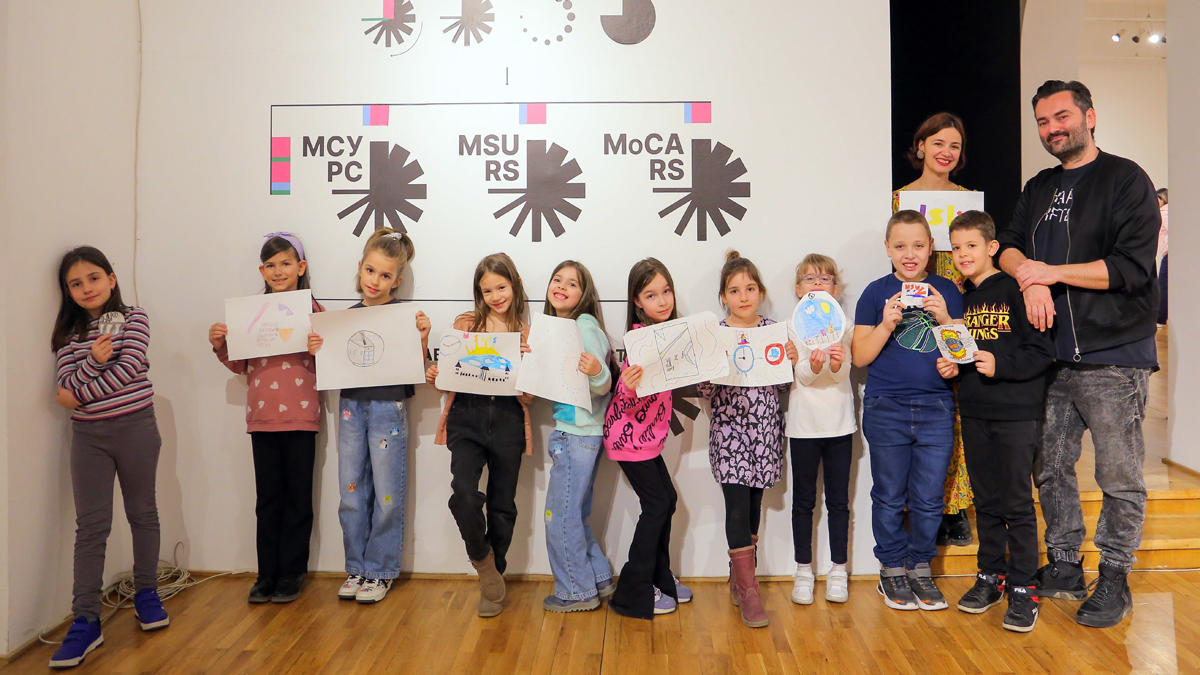Welcome back to our ongoing series delving into the ReCulture project through the eyes of cultural institutions. Today, we have the pleasure of speaking with Mladen Banjac, a dedicated museum curator and project partner from the Museum of Contemporary Art of Republic of Srpska (MoCARS). With deep commitment and unwavering belief in the project’s potential, Mladen will provide us with insights into the project’s evolution and its transformative impact, paving the way for a new era of experiences and partnerships poised to enhance the Museum’s future endeavors.
What was the institution’s key motivation for participating in the project?
There were two key motives. The first was undoubtedly the need to modernize and enhance the visual identity as a means of communication that aligns with the institution’s primary goal, which is audience development. The second motive was the challenge of participating in a large-scale Creative Europe project, which was a first for the institution. This created a new experience and a new network of partnerships that will undoubtedly enhance the Museum’s future work.
At what level are the Western Balkans cultural institutions regarding their visual presentation and identity? After experiencing this project and gaining insights into European practices (including examples from Mucem and exhibitions like Design for Culture), what do you think is mostly lacking in visual communication practices in the region?
I would say that the visual presentation has been improved over the past few years of the project. The process of adapting and modernizing the identity and communication methods tends to be slower in large institutions, but even there, things are gradually changing. What may be lacking is perhaps a certain lack of courage to make changes and a fear of the reception of new solutions by the audience and the public. I believe that there’s no room for error here and that things must be more fluid and subject to more frequent changes.
This project represents an overlap of European design and cultural standards with the potential of young designers from the WB countries. What contribution would you highlight from EU partners in working with you or on the project in general?
I believe that the design standard is not something new that we have gained as a contribution from EU partners. It is at a high level thanks to numerous creatives and designers from the Western Balkans countries. What is indeed a significant contribution is the methodology of using design as a communication tool, along with several practical examples of best practices that have not been applied in these areas but certainly existed.
Developing a new identity is a complex process. What was crucial in working with the design team?
The most important aspect was open communication and clearly defining the team’s desires and tasks. Without that, we wouldn’t have achieved these results. The creativity and ability of the design team are undeniable, but without clear communication, we wouldn’t have achieved these results in the end.
Was there any part of the process particularly challenging or unexpected, and how could it have been prevented? Were some activities unnecessary, or were there any missing?
The biggest obstacle has always been the lack of time. I wouldn’t say there were any unnecessary activities, but alongside all the duties and programs within the institution outside of this project, and the obligations of the design team, it was difficult at times to find enough time to get things done within the given deadline. This is an exceptionally demanding job that requires the full attention of all participants, and that wasn’t always easy to achieve.
The project officially ends in a few months, but a significant task lies ahead for you. What are your initial steps to ensure the audience adequately embraces your institution’s new visual identity?
The first step is undoubtedly the exhibition ‘Proces’ where both experts and the general public have the opportunity to familiarize themselves with all aspects and processes of the new identity. Additionally, the new identity is already present in the digital space, and the reactions so far have been overwhelmingly positive. What will be an additional focus is engaging in conversations and interactions with design students and professors through a series of educational programs. Through dialogue, we will present our objectives and, undoubtedly, hear constructive suggestions and criticisms.
What new insight or skill in working with partners and young designers have you gained during the three-year process? Has the project offered (or confirmed) any working/thinking methods you plan to apply in your future work?
On one hand, it also confirmed our methods because they were present in the development and methodological approach of the project, which in a way gave us reassurance that we are indeed doing things well. On the other hand, we realized how important communication is not only in relation to partners but also within the team and how only by working together can we achieve excellent results.
What is your fondest association with “ReCulture”?
Definitely the creation of new partnerships that have grown into friendships.
